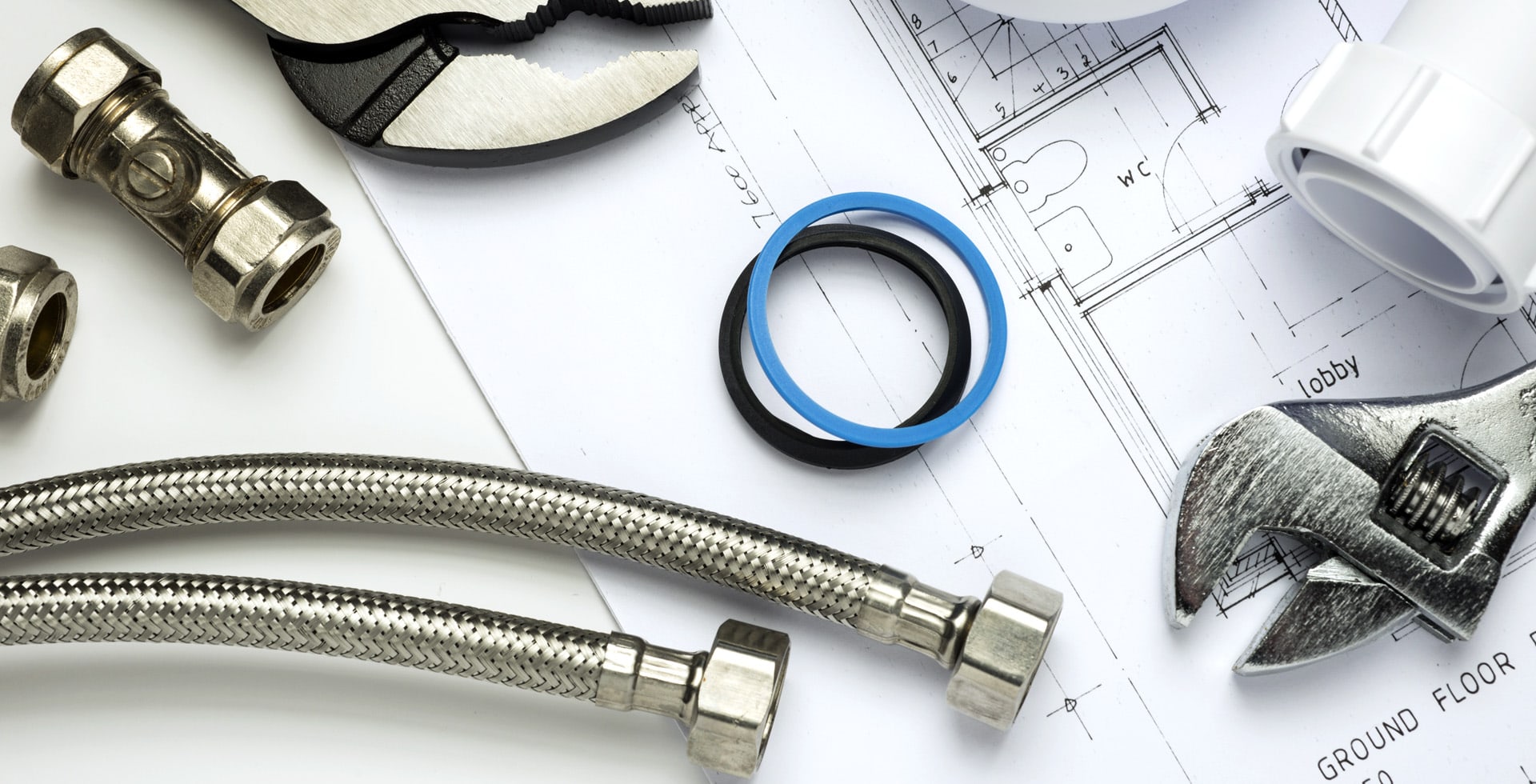“`html
Why Your Garage Door Isn’t Opening (And How to Fix It)
Having trouble with your garage door can be frustrating. A garage door that won’t open can result in accessibility issues, affecting your daily routine. Understanding the common reasons behind this malfunction and how to address them can save you time and money. Here’s a comprehensive guide to help you troubleshoot and fix common garage door problems.
Common Reasons Why Your Garage Door Won’t Open
- Disconnected Power Supply: If your garage door opener isn’t receiving power, the door won’t open.
- Remote Control Issues: If the remote control is not functioning, it may need new batteries or reprogramming.
- Obstructions in the Door’s Path: Objects blocking the door can prevent it from opening.
- Malfunctioning Safety Sensors: These sensors detect whether there is anything blocking the door, and if they’re misaligned, they can stop the door from operating.
- Broken Springs: The springs help to lift the door, and if they break, the opener cannot lift the weight.
- Worn Out or Damaged Track: If the door tracks are bent or damaged, it can impede the door’s movement.
- Faulty Garage Door Opener: The opener itself may be malfunctioning, requiring repairs or replacement.
Troubleshooting Steps
1. Check the Power Supply
Inspect the power outlet to which the garage door opener is connected. Ensure it is plugged in and check for blown fuses or tripped circuit breakers. You can also try plugging in another device to see if the outlet is functional.
2. Inspect the Remote Control
If your garage door opener is unresponsive to the remote control, try the following:
- Replace the batteries in the remote control.
- Check if the remote is within range and not blocked by objects.
- Reprogram the remote if necessary, following the manufacturer’s instructions.
3. Look for Obstructions
Examine the area around the garage door for any objects or debris that might obstruct its path. Sometimes, even a small item can prevent the door from opening properly. Clear any obstructions and test the door again.
4. Check the Safety Sensors
Find the safety sensors located near the base of the garage door tracks. Ensure that:
- They are properly aligned.
- The lenses are clean and free of dirt or cobwebs.
- There are no obstructions blocking the sensors.
5. Examine the Springs
Pay attention to the garage door springs, which are crucial for lifting and lowering the door. Look for signs of damage or breakage, such as:
- Visible gaps in the coil.
- Unusual noises when operating the door.
- Door unevenness when it’s shut.
If you notice any issues with the springs, it’s advisable to contact a professional, as repairing or replacing springs can be dangerous.
6. Inspect the Door Tracks
Carefully examine the door tracks for any signs of damage or misalignment. If the tracks are bent or blocked, you can try the following:
- Align the tracks using a rubber mallet.
- Clean the tracks with a damp cloth to remove dirt and debris.
- Lubricate the tracks with a silicone-based lubricant for smoother operation.
7. Evaluate the Garage Door Opener
If none of the above steps resolve the issue, the garage door opener may need troubleshooting:
- Check the motor for any unusual noises.
- Make sure the opener is not set to “lock” mode.
- Refer to the user manual for troubleshooting tips specific to your model.
If problems persist, consider seeking assistance from a professional technician.
When to Call a Professional
Some garage door issues are too complex for DIY repairs. It’s best to consult a professional if you encounter:
- Broken springs that require specialized tools to fix.
- Significant damage to the garage door or tracks.
- Persistent issues with the garage door opener despite troubleshooting.
Preventive Measures to Ensure Smooth Operation
- Regularly inspect and clean the garage door and tracks.
- Lubricate moving parts every few months.
- Test the safety sensors and remote controls periodically.
- Schedule professional maintenance annually to catch issues early.
Conclusion
A garage door that won’t open can be a hassle, but identifying the problem is often the first step to a solution. By following the troubleshooting steps outlined in this guide, you can diagnose and potentially fix common issues. If you’re ever in doubt, don’t hesitate to reach out to a professional for help. Regular maintenance can go a long way in preventing future issues, keeping your garage door functioning smoothly for years to come.
“`

